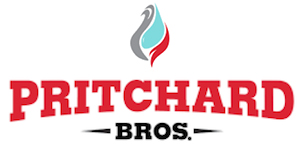DES MOINES, Iowa—From approximately Memorial Day through Labor Day, the Iowa Department of Natural Resources conducts weekly monitoring of 39 state park beaches. Monitoring is conducted for two issues:
- Microcystin (a toxin produced by harmful blue-green algae blooms), and
- E.coli
When microcystin or E.coli levels exceed certain standards/thresholds, DNR posts swim advisories telling beach-goers to stay out of the water due to health risks.
The Iowa Environmental Council tracks these weekly beach monitoring reports/swim advisories, as well as advisory trends from year-to-year. Click here to view our trend data.
Current DNR Beach Monitoring Report (Week of August 30, 2019):
- # of Beach Advisories Issued for E.coli = 4
- Clear Lake Beach (Clear Lake, Cerro Gordo County, IA)
- Emerson Bay Beach (West Okoboji Lake, Milford, Dickinson County, IA)
- McIntosh Woods Beach (Clear Lake, Ventura, Cerro Gordo County, IA)
- Prairie Rose Beach (Harlan, Shelby County, IA)
- # of Beach Advisories Issued for microcystin = 2
- Green Valley Beach (Creston, Union County, IA)
- Lake Keomah Beach (Oskaloosa, Mahaska County, IA)
- # of Beaches exceeding the EPA recommendation for microcystin (8 micrograms/L) but not issued an advisory = 1
- Lake Darling Beach (Brighton, Washington County, IA) – 9.53 µ/L
*Lakes that exceed 20 micrograms/L of microcystin are issued a swim advisory by the Department of Natural Resources. The EPA has published a recommendation that a swim advisory should be issued for lakes exceeding 8 micrograms/L of microcystin, but the DNR has not adopted that threshold.
The Monitoring data provided above is from the Iowa Department of Natural Resources. Many other public and private beaches that are not monitored by DNR are also susceptible to blue-green algae blooms. A map showing DNR’s most up-to-date beach monitoring information can be found on the DNR’s website. You can also call the DNR Beach Monitoring Hotline at 515-725-3434 for weekly updates.

(press release from Iowa Environmental Council)









